One of the most interesting things on Hawaii’s Big Island is the Hawaii Volcano National Park! This national park actually takes up a huge portion of the island, and a lot of it is not open to visitors. Mount Kilauea is still active, so if you’re lucky, you might even get to see it erupting.
I highly recommend staying the night in the park so you can maximize your time. They have The Volcano House, originally built in 1886, it has 33 guest rooms, 10 cabins, and 16 campsites. It’s on the edge of the Kilauea caldera, with a view of Halema’uma’u crater. There’s also the Kilauea Military Camp if you or someone you’re with is active duty or with the US Department of Defense. They call it a camp, but they’re barracks converted into hotel rooms. It is the cheaper option if you qualify! Free breakfast is also provided, which is super nice. However, it’s not the most gourmet, but better than your average continental. Make sure to look into reservations as early as you can if you want to stay in the park, as things do sell out! If you can’t stay overnight, get there as early as possible.
You’re going to need a car if you didn’t book a tour, otherwise, you’ll need a lot more than a day to see this park. Most of the area is drivable, and the elevation varies thousands of feet, which is great for hikers, but not us casual visitors. There is also an entrance fee to the park of $15-$30, but it’s waived if you have a membership. They do not accept cash anymore, so make sure to have a debit or credit card!
Crater Rim Drive Tour
This driving tour takes you all the way down to the sea, with pullover sites for many of Kilauea’s craters. There’s information about when these erupted, which is quite cool! Make sure to do this drive while it’s light outside. It will take you about 45 minutes without stops to get to the bottom. Make sure to allocate a few hours to this activity, but it’s well worth it! There are also no stores or gas stations along the road. Make sure you have water and enough gas to get up and down. There are pit toilets available in some areas.

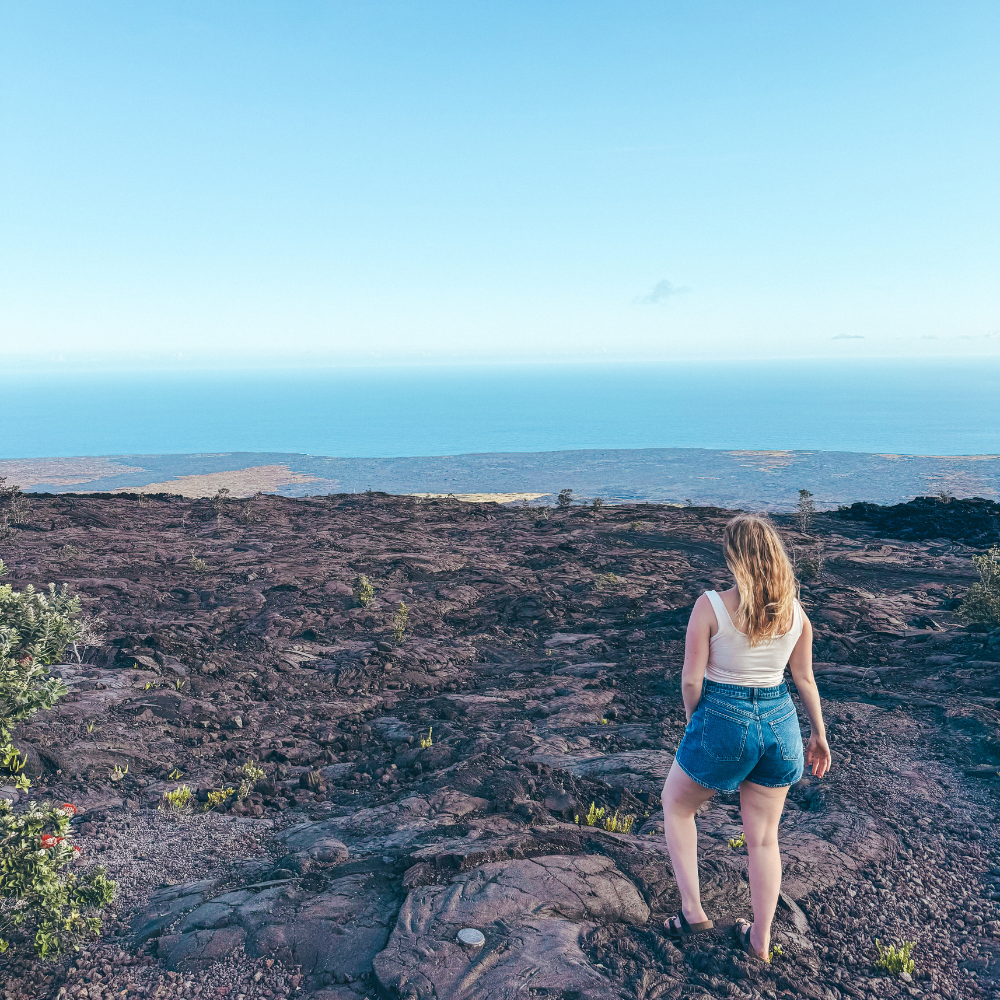
Holei Sea Arch
At the very end of the crater rim drive, you can find the sea arch! You will have to park and walk past some barriers (this is to keep cars out), and up the road to the viewing point. The views of the ocean here are beautiful. This shows the Volcano National Park has a lot more to offer than just the volcano!
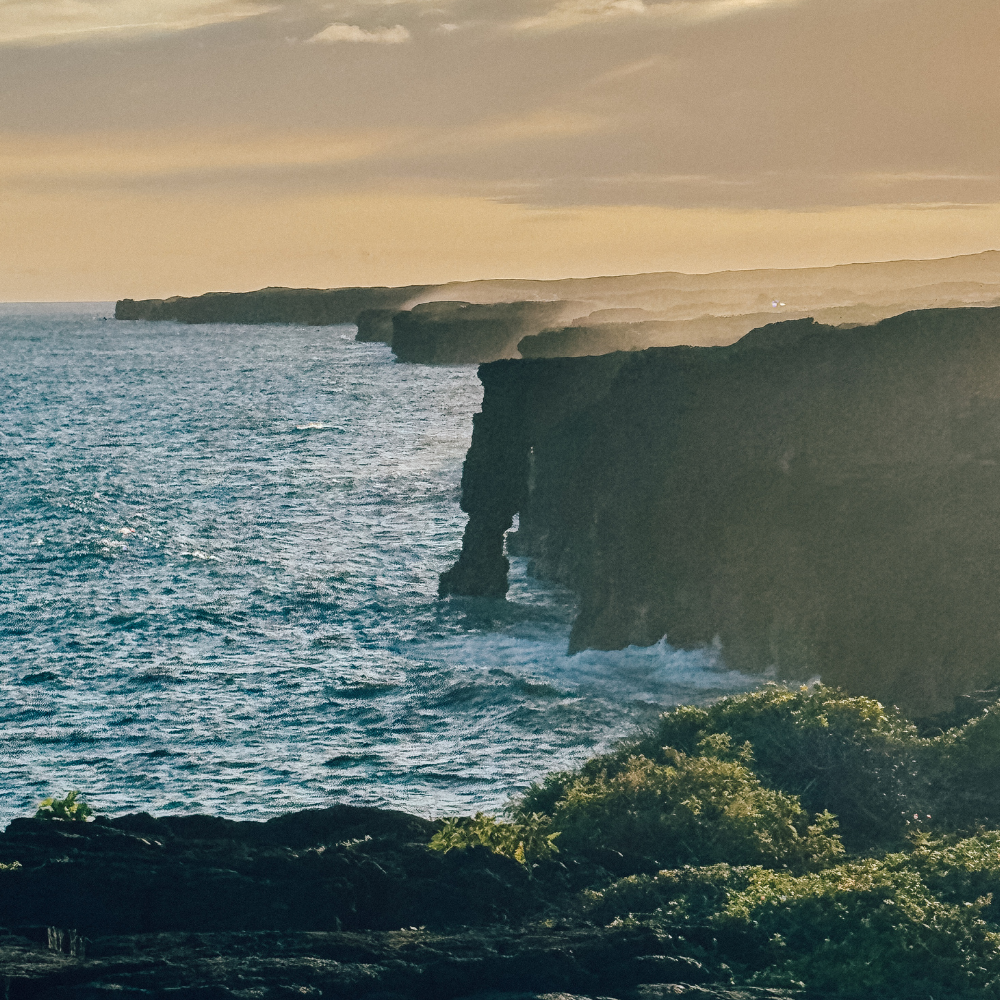
Kilauea Overlook
4,091 feet (1247 meters) up is this jaw dropping view of Kaluapele (Kilauea caldera) and the Halemaʻumaʻu crater. Both of these underwent a massive collapse during the eruption of 2018. This was one of my favorite views in the entire park! This is also the highest point you can get to by car within the park. From here, hikers can also walk along the Cater Rim Trail.
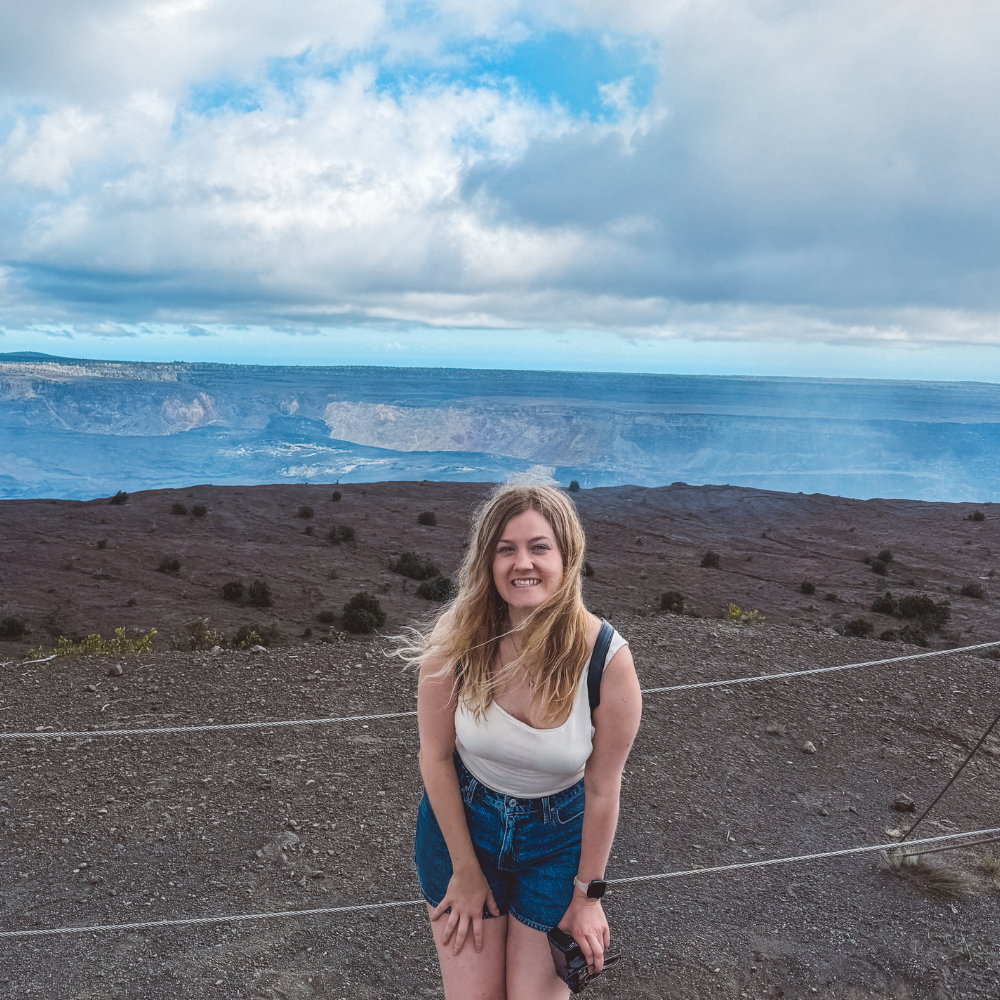
Nahuku (Thurston Lava Tube)
If you’re not sure what a lava tube is, think of it as a cave formed by molten lava. When the lava drains out, it leaves behind a hollow opening. This specific lava tube is 500 years old and was formed by lava reaching 2000 degrees Fahrenheit (1093 Celsius). The outside is covered in roots and greenery, making the entrance absolutely stunning! This tube isn’t very long and is lit with modern lights. Make sure not to touch anything as there are fragile ecosystems in and around the area. The walls of the tube can also be damp. This was one of the coolest things to see in the park! The parking near here is extremely limited, so you might need to park farther away and walk to the site.
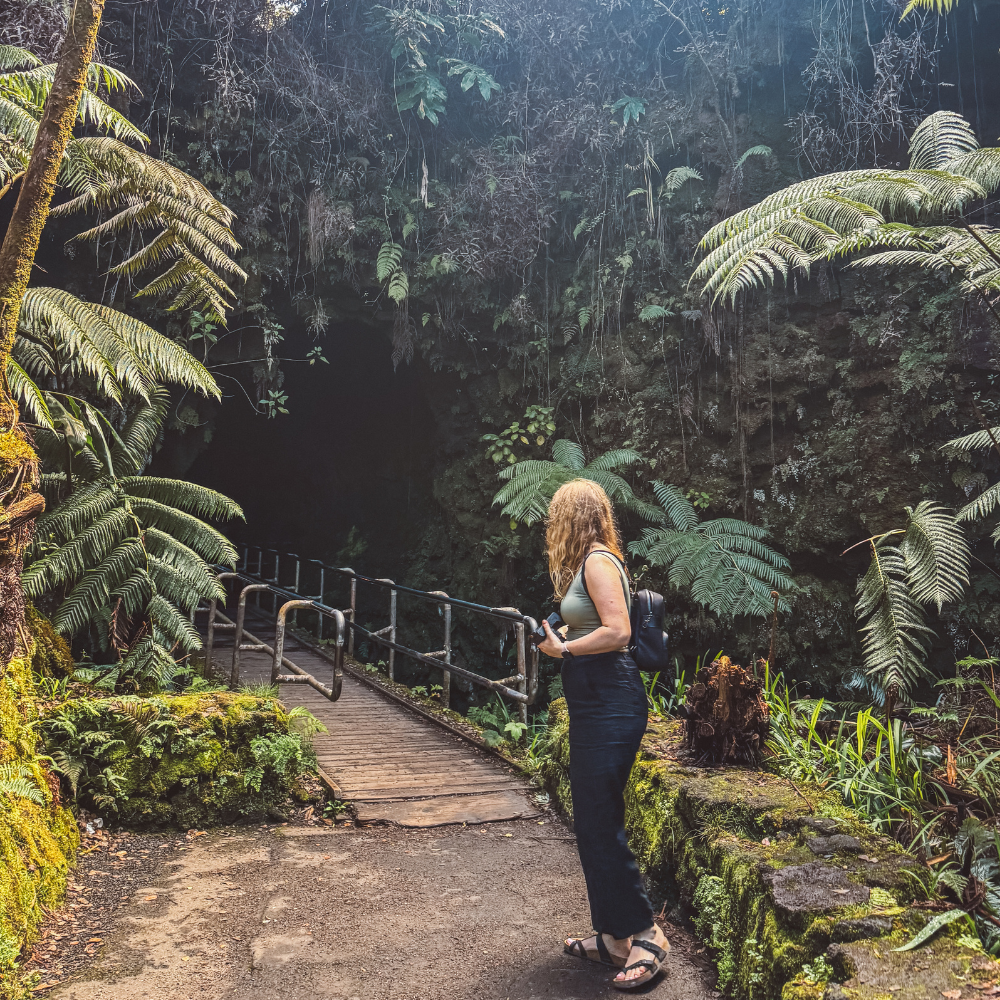

Kilauea Iki Crater
This is Kilauea’s big inactive crater! You can actually walk on this! The trek down is about 400 feet (122 meters) and winds quite a bit. On the way back up, it can be pretty exhausting. I did it in Birkenstocks, but make sure to wear good shoes. It’s rocky on the pathways and on the crater. You can walk across the entire area if you would like. Make sure to leave rock piles alone and don’t create any new ones. They have meanings to hikers and to Hawaiians, so you wouldn’t want to cause confusion. I took some photos and absorbed the view. Pretty amazing and highly recommend! Make sure you’re fit enough to handle this one.
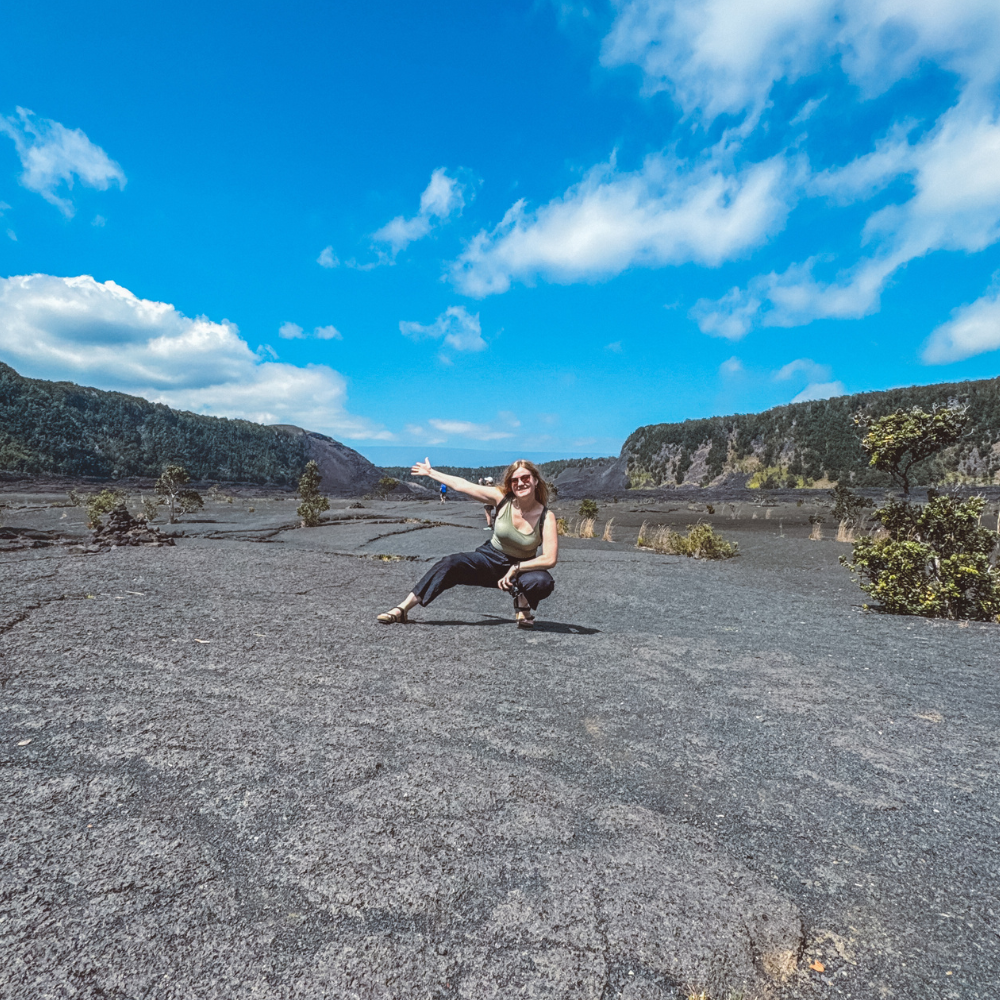

Ha’akulamanu (Sulphur Banks)
This area produces the volcanic gases sulfur dioxide and hydrogen sulfide, which together create sulphur! The ground also releases hot steam, which has been measured to be a consistent temperature of 205 degrees Fahrenheit (96 Celsius). Temperatures this hot can lead to severe burns, so make sure to stay on the walk ways and off the rocks. There are some information boards about people who ignored this warning, and the awful prices they paid. Don’t be like them. You might smell the smell of “rotting eggs” which is produced by the hydrogen sulfide. I didn’t personally think the smell was very strong, so it didn’t bother me. There are also lots of interesting plants growing here!
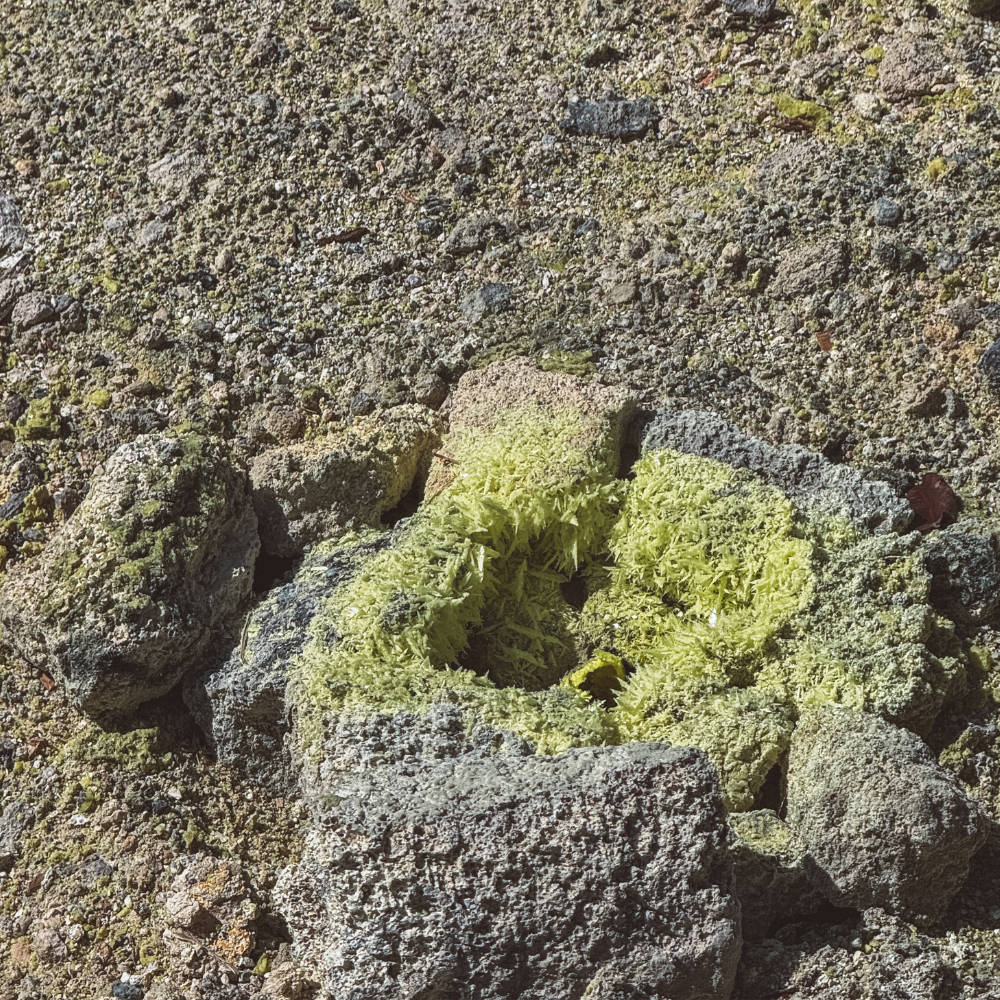
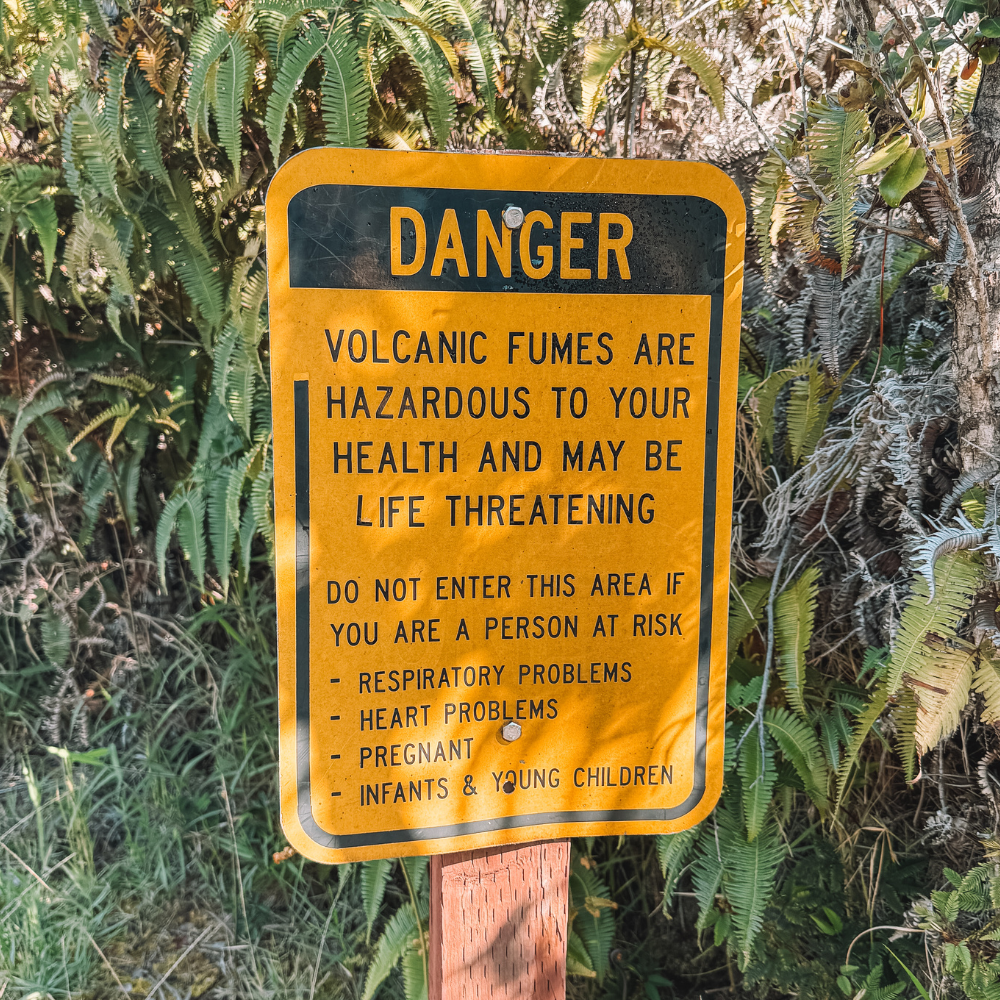
Wahinekapu (Steam Vents)
This collection of vents releases hot steam created from groundwater. The rocks are so hot, heated by the magma deep below, that it vaporizes the water and releases it through the vents. You can see large clouds of them coming out of the ground and rolling over the area. Do be careful as steam is hot! A brand-new mini steam vent opened up while I was there in the middle of a pathway. It had to be surrounded by safety cones!

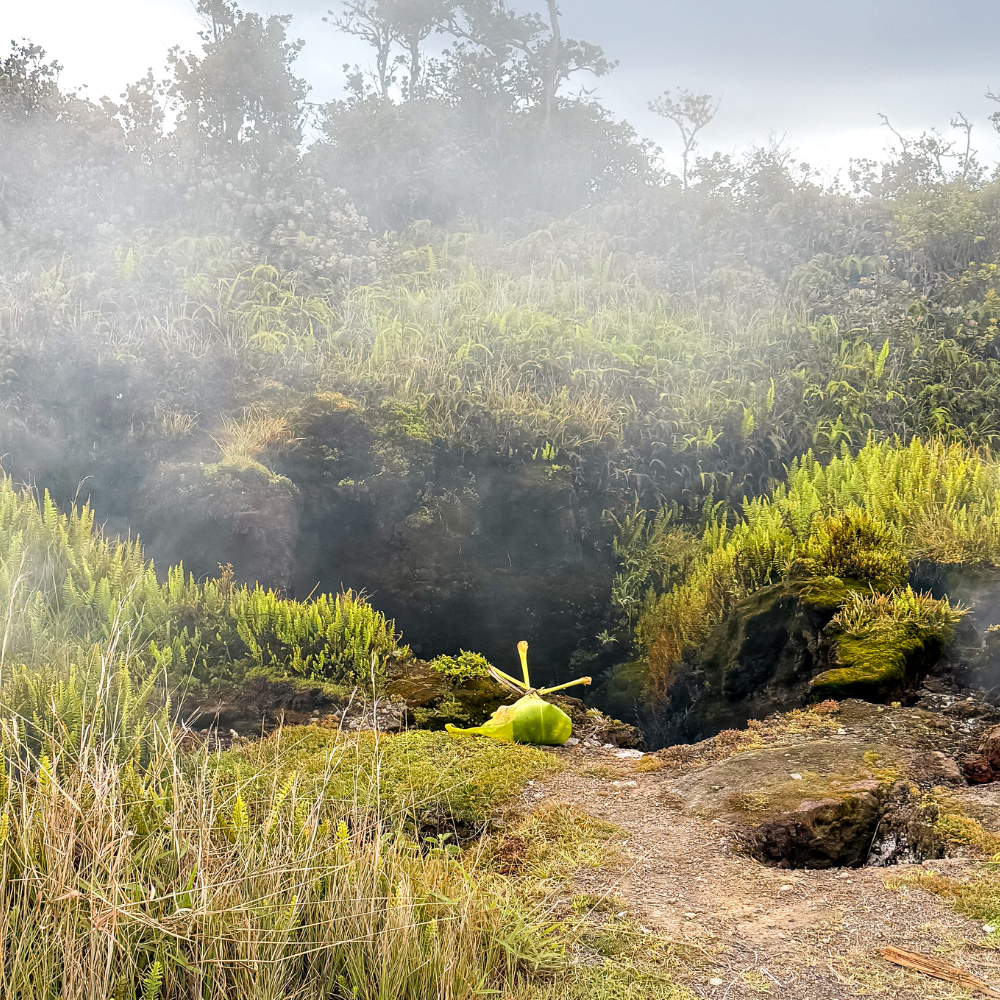
Watch an Eruption
Kilauea has been erupting since December 2024 (as of April 2025). The park has live cameras on the east Halemaʻumaʻu crater and the west Halemaʻumaʻu crater, so you can see how both are doing in real time. There are specific viewing points in the park for eruptions, so follow the signs to get the best view. I was lucky to see a glow at night while I was there but no exploding lava. Obviously you have no control over this, but this is the best thing to see if you’re able at the Volcano National Park.
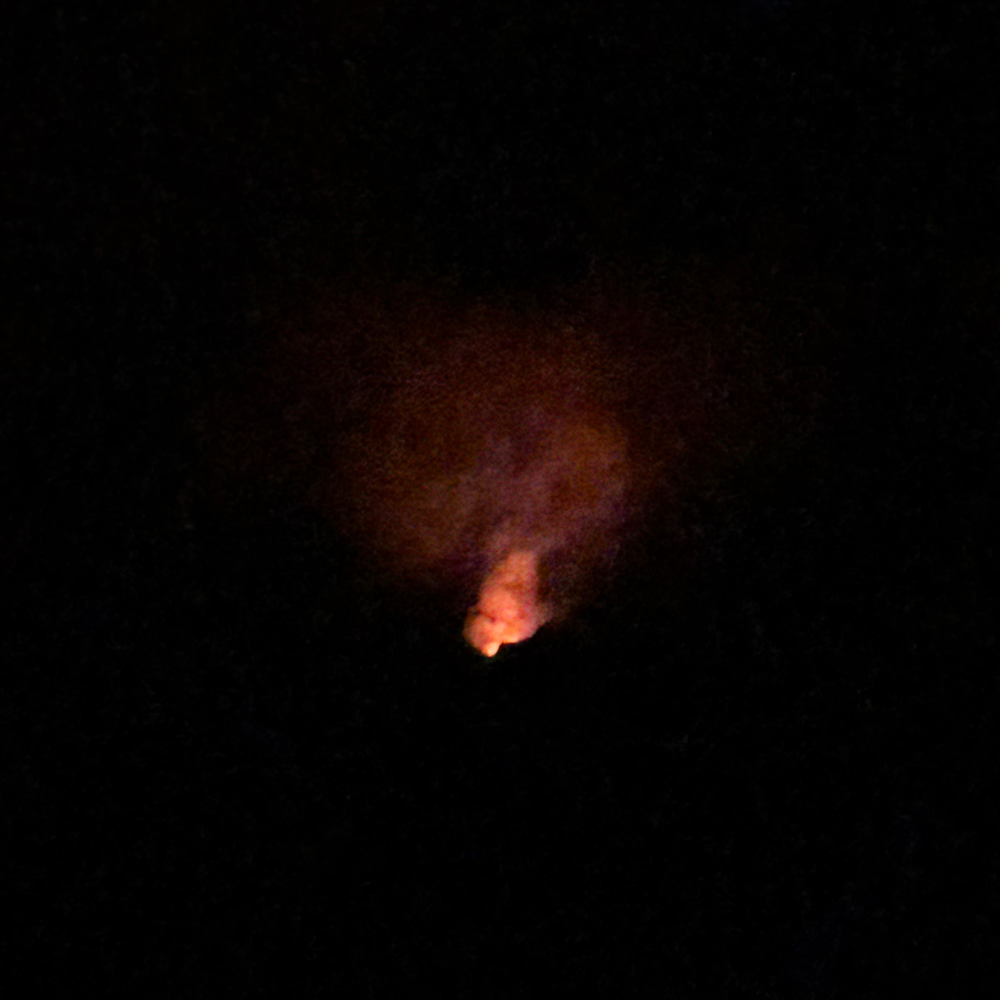
Volcano Art Center Gallery (1877 Volcano House)
Inside the former Volcano House Hotel from 1877 is the Volcano Art Center. It houses pieces from over 230 local artists and also hosts classes for locals and children. The center has been in operation since 1974. I recommend stopping in and taking a look, even if it’s just to get out of the sun for 15 minutes.
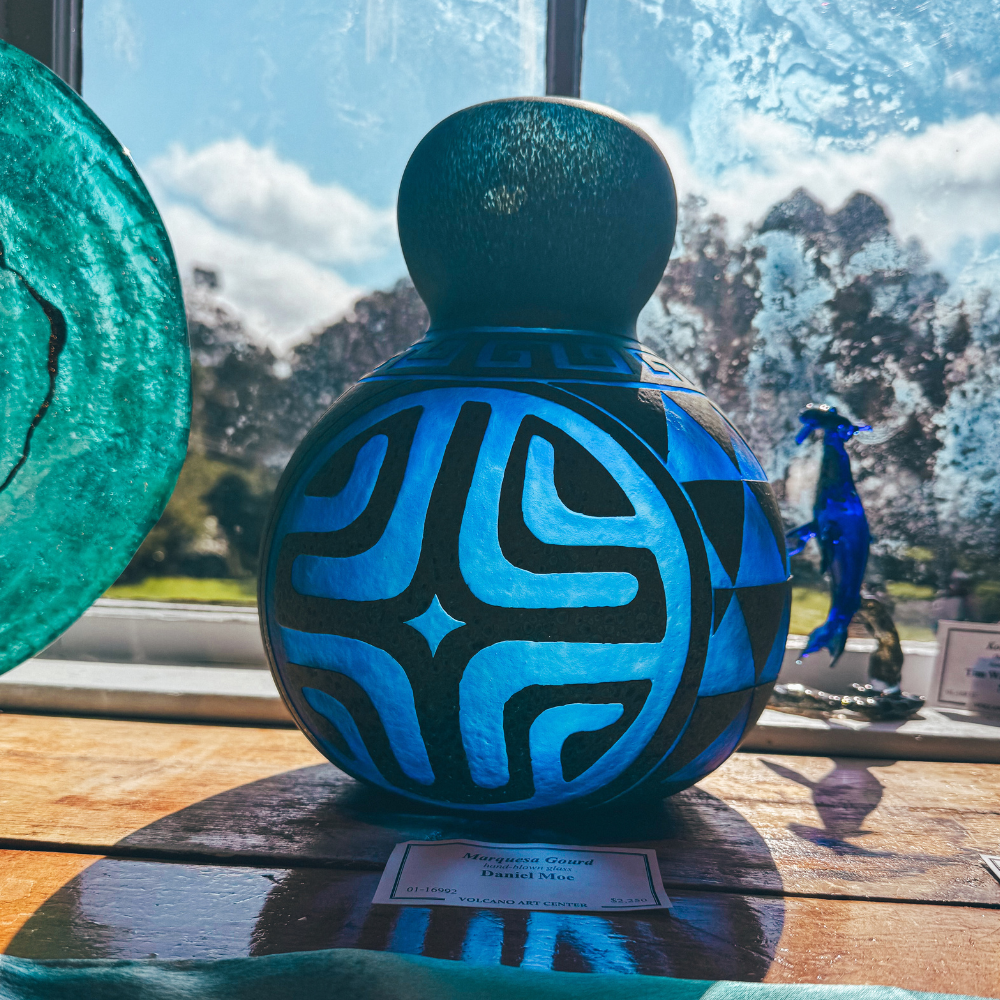
Lava Tree Molds
These are holes in the ground where a tree used to stand but was burnt up by a flow of lava. The lava didn’t stick to the tree, such as with lava trees, leaving behind the mold. It’s pretty interesting to also see some plants trying to grow in them. The ones I saw are technically outside the Volcano National Park.
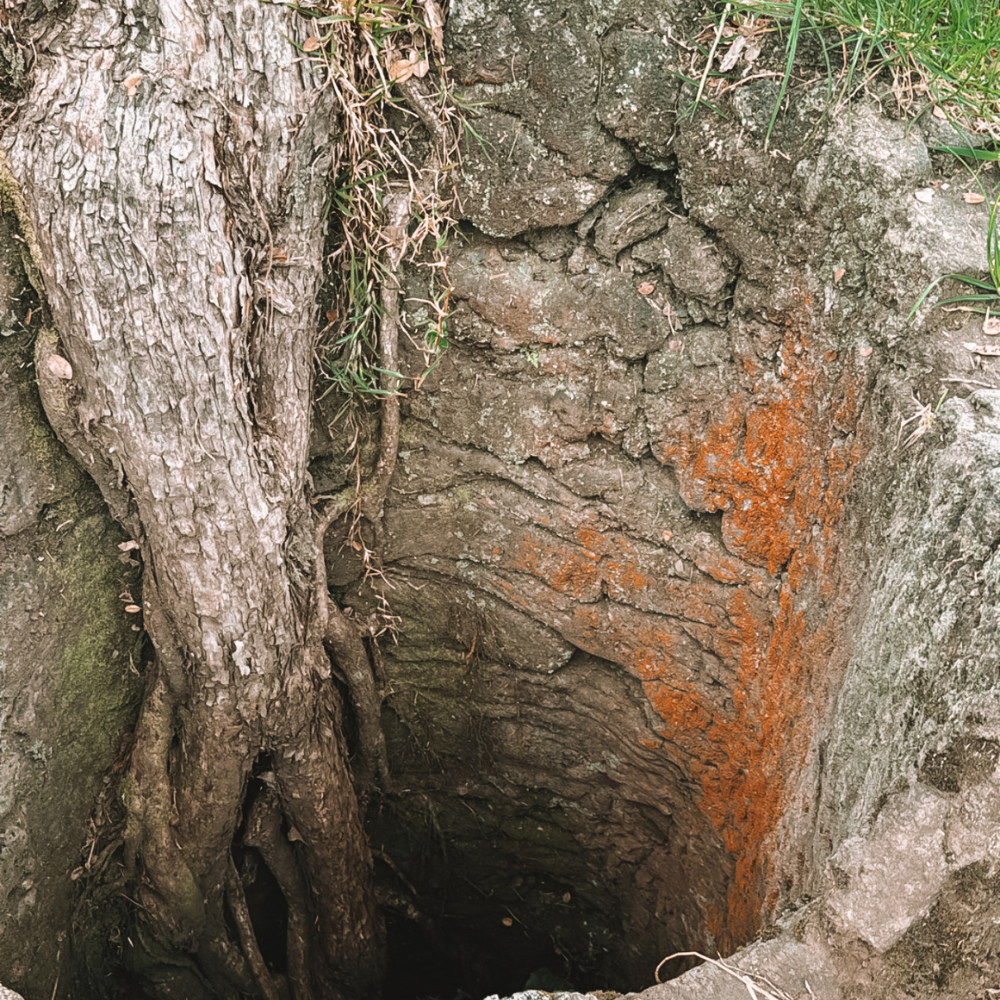
Mauna Loa Lookout
Not technically in the park, but if you’re up for a semi-decent drive into the sky on tight roads, you can visit this lookout 6,662 feet (2,031 meters) in the air! On a clear day you can see views of Kilauea, old lava flows, and the distant ocean. There’s also the start of the Mauna Loa trail and rare plant life. Sadly, I did not have a clear view, but the drive is pretty cool, and I got to see some wild Nenes (Hawaiian geese) on the way back down! There is also a pit toilet at the top.

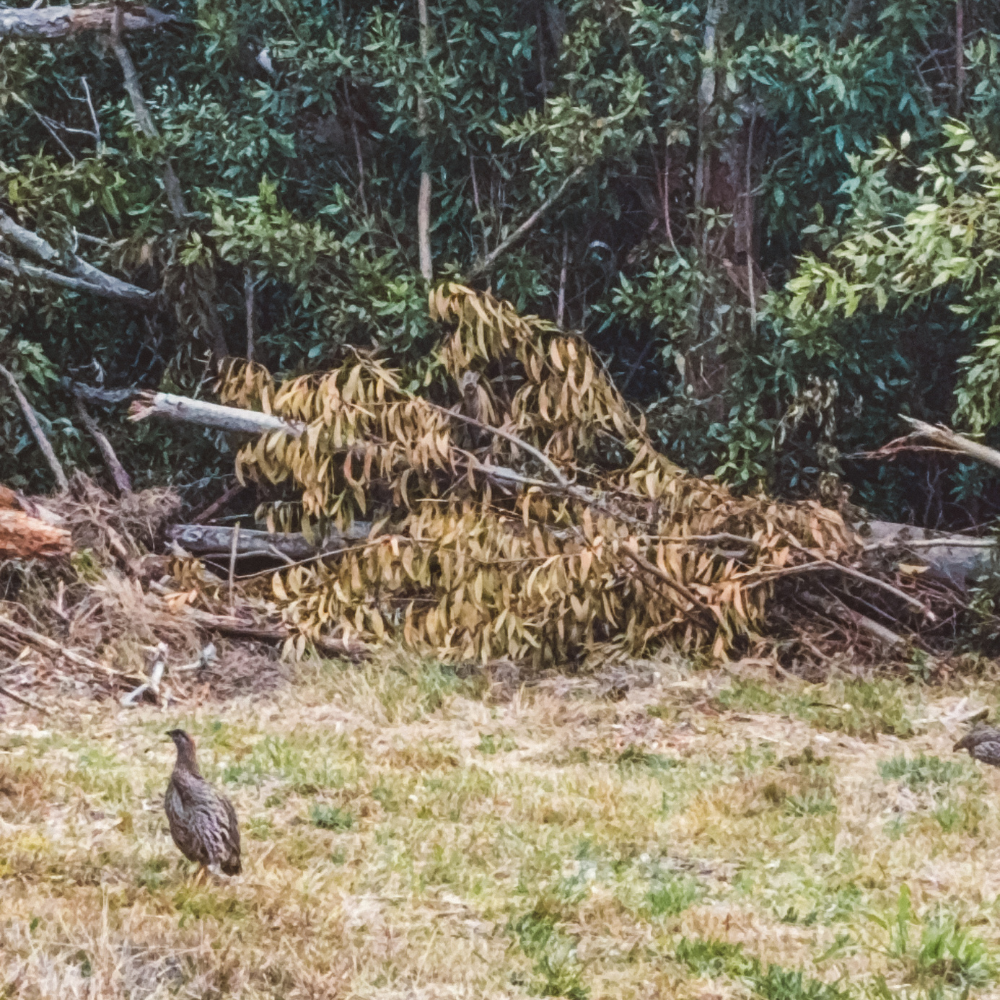
Final Thoughts
I’m not one for National Parks, to be completely honest, but the Volcano National Park is a cannot miss on the island of Hawaii! I truly believe you need at least one full day and really recommend staying the night. The views on Kilauea are some of the most beautiful I’ve ever seen. I got to see the volcano glowing at night and even walk on a crater. That’s crazy! Make sure you wear good walking shoes or sandals, use sunscreen, and have water. You’ll be doing a lot of driving, but when you are out, the Hawaiian sun means serious business. Please be respectful of the area so Pele (Hawaiian volcano goddess) will keep letting us visit!

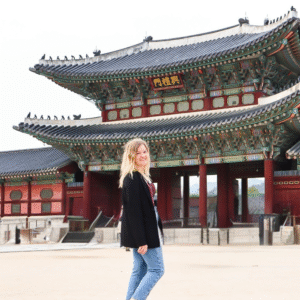
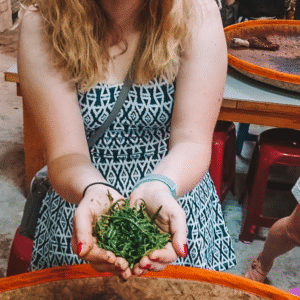

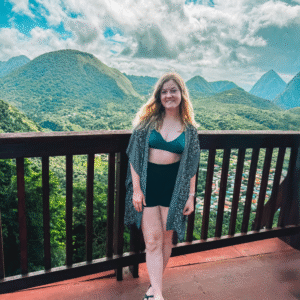
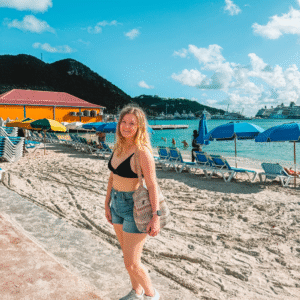
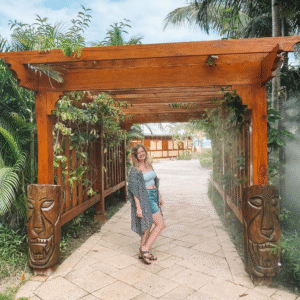
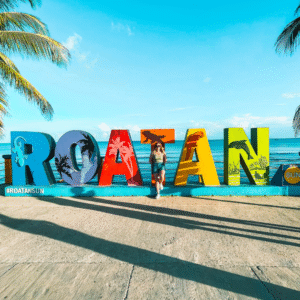
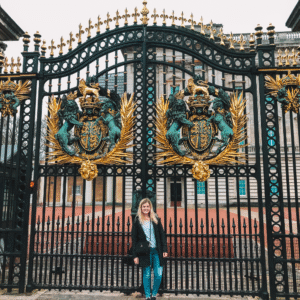


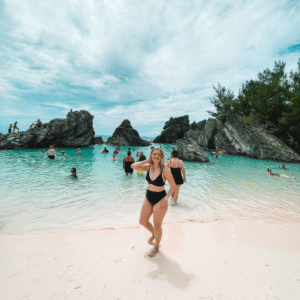
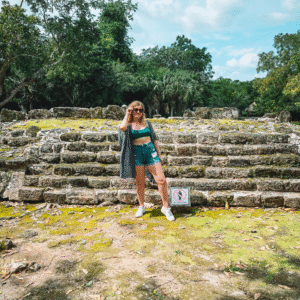
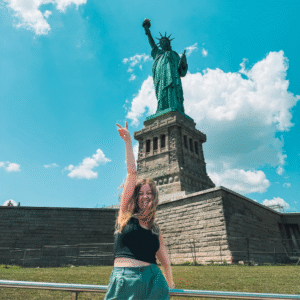

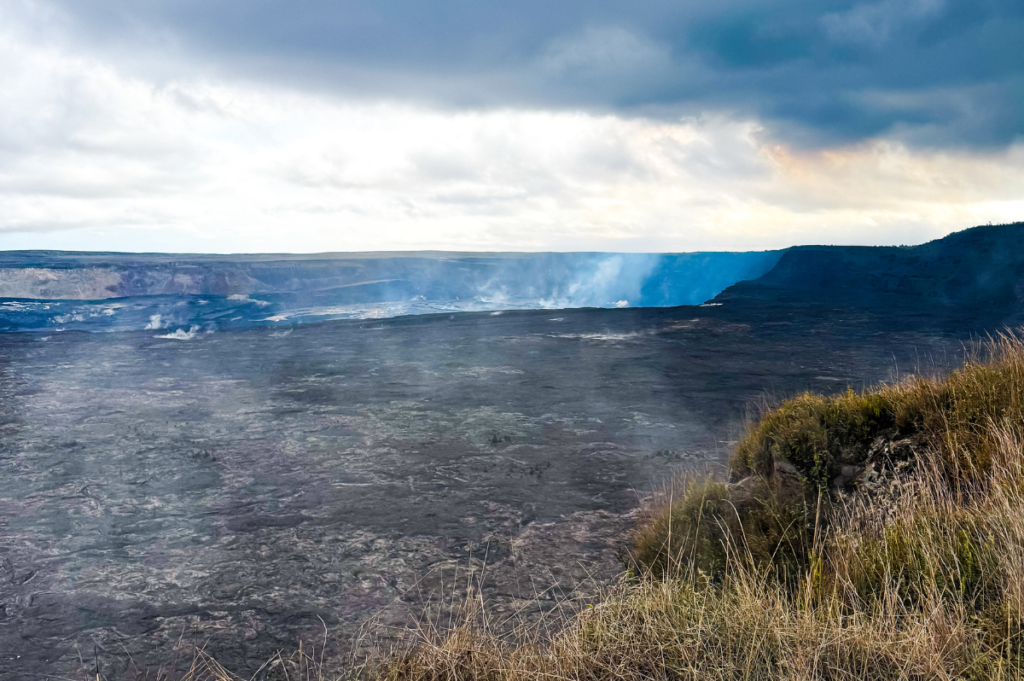
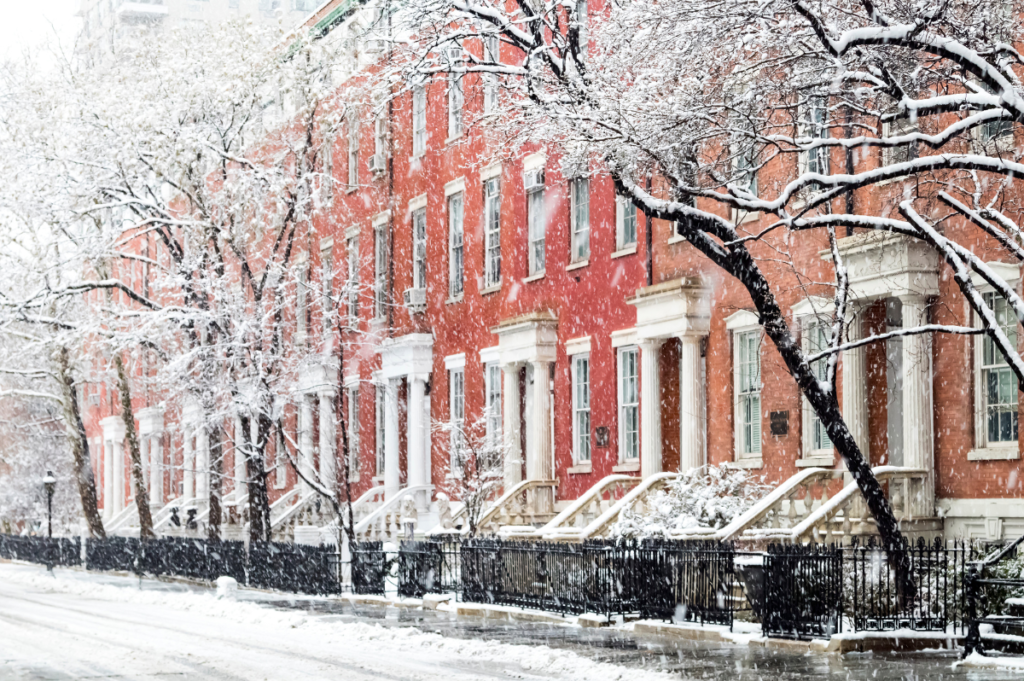
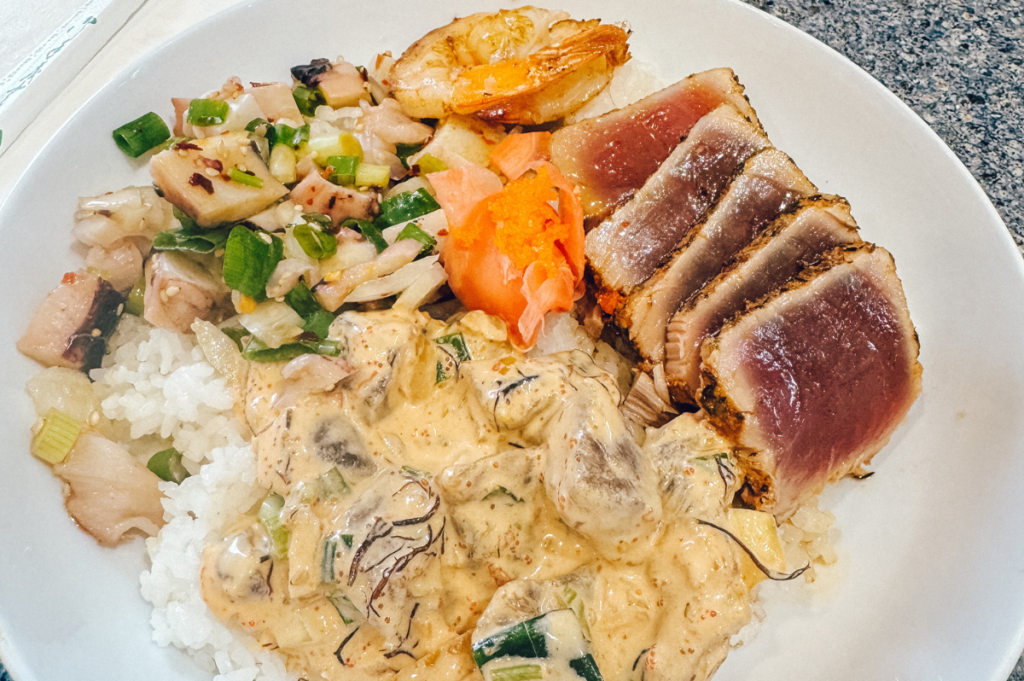
It’s really a nice and helpful piece of information. I am happy that youu simply shared this useful info with us.
Please keep us up to date like this. Thank you for sharing. http://boyarka-inform.com/